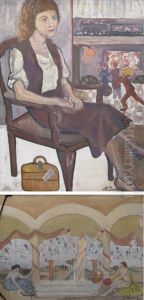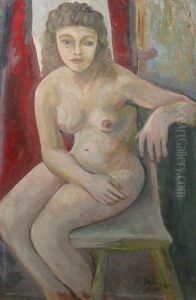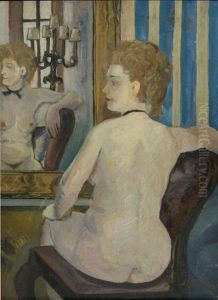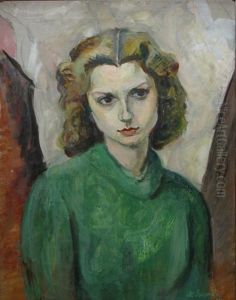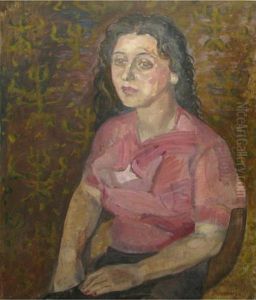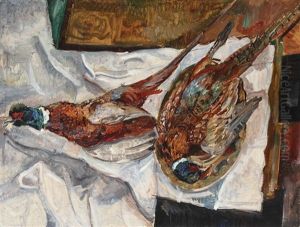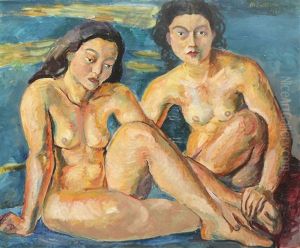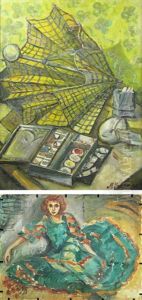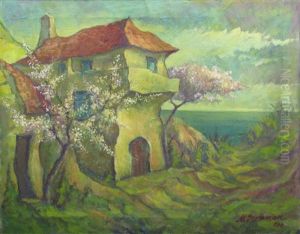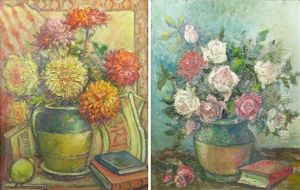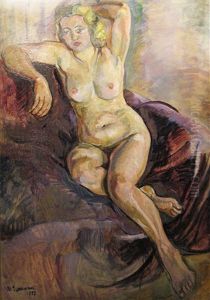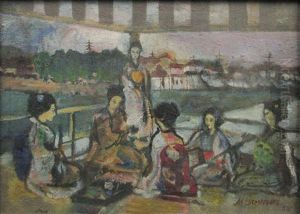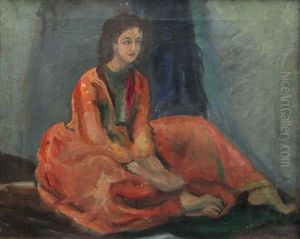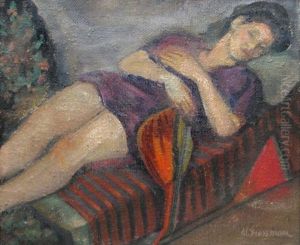Margareta Grossman Paintings
Margareta Grossman, also known as Margret Grossmann and Margaret Grossman, was an Austrian-American photographer whose body of work mainly involved architectural photography, capturing the modernist movement and the essence of urban environments. Born in Austria in 1902, Grossman grew up in a period where the arts were undergoing significant changes, with modernism at the forefront of this transformation.
During her early years, the cultural milieu of Vienna likely influenced her artistic development. However, it is important to note that detailed biographical information about Grossman's life, including her education and early career, is relatively scarce. This is partly due to the overshadowing presence of male counterparts in the field of photography during that era, which often led to the marginalization of female artists in historical accounts.
Grossman emigrated to the United States, settling in New York City, where she continued to pursue her passion for photography. In New York, she was exposed to the burgeoning American modernist architecture, which became a central theme in her work. Her photographs from this period showcase a keen eye for form, structure, and the play of light and shadow, demonstrating the influence of other prominent photographers of the time, such as Berenice Abbott and Edward Weston.
Despite her talent and contribution to the field of architectural photography, Grossman's work was not widely recognized during her lifetime. She remained a relatively obscure figure, and it was only after her death in 1994 that her work began to receive more attention. This posthumous recognition has led to a re-evaluation of her contributions to the photographic documentation of 20th-century architecture.
Grossman's photographs are now considered significant for their aesthetic quality and historical value. They provide insights into the urban landscape of mid-20th-century America and are appreciated for their composition and the way they capture the essence of the architectural subjects. Today, her work can be found in various art collections and has been included in exhibitions that aim to shed light on the role of women in the history of photography.
